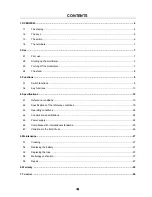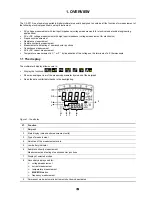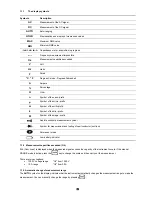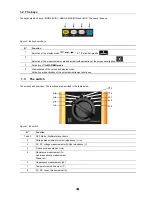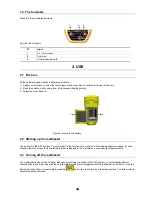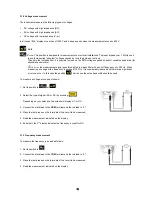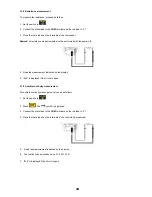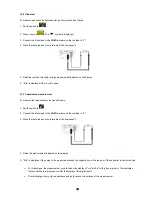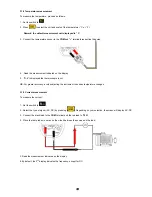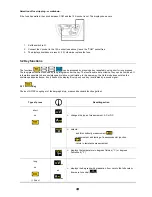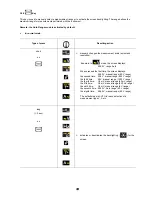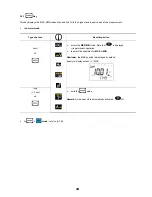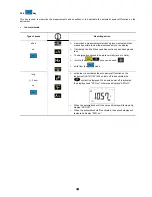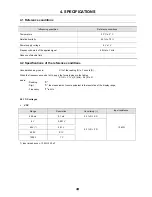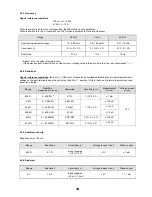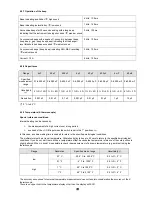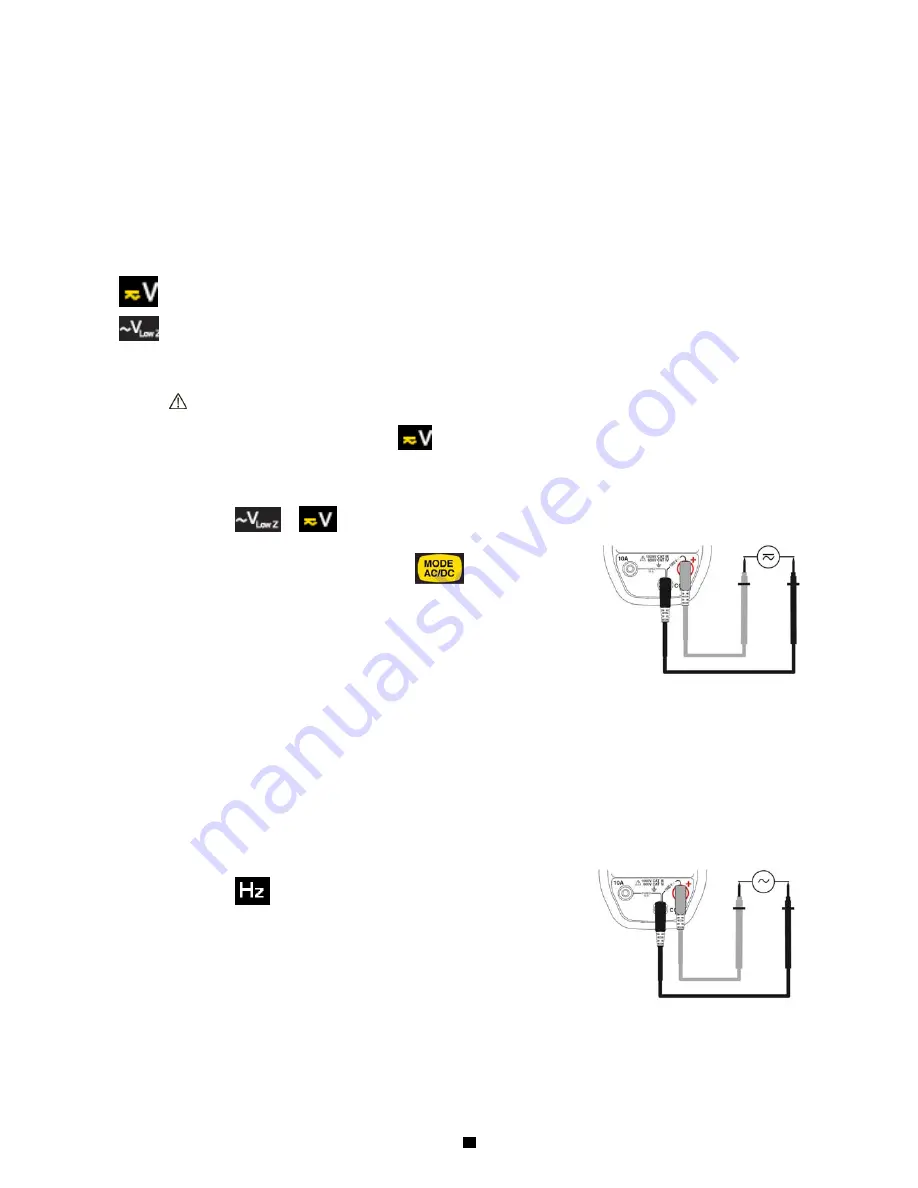
9
9
3.1.2 Voltage measurement
The instrument measures the following types of voltages:
DC voltage with high impedance (DC);
AC voltage with high impedance (AC);
AC voltage with low impedance (V
LowZ
)
In all cases "
O.L
" displays in excess of 1050 V and a beep sounds when the measurement exceeds 600 V.
Volt
V
LowZ
:
This position is designed for measurements on electrical installations. The input impedance < 1 M
Ω
is used
to avoid measuring "phantom" voltages caused by coupling between the lines.
Thanks to the low pass filter, it is possible to measure the RMS voltage supplied by an MLI variable speed drive (for
asynchronous motors).
In V
LowZ
, the measurement signal goes through the low pass filter with a cut-off frequency of < 300 Hz. When
measuring a voltage with a frequency in excess of 150 Hz, it is considerably reduced and therefore a significant
error can occur. In this case the position
which uses the entire bandwidth should be used.
To measure a voltage, proceed as follows:
1. Set the switch to
or
;
2. Select the type of signal (AC or DC) by pressing
.
Depending on your selection, the screen will display AC or DC.
3. Connect the black lead to the
COM
terminal and the red lead to "
+
";
4. Place the test probes on the terminals of the circuit to be measured;
5. Read the measurement indicated on the display
6. By default, the 2
nd
display indicates the frequency, except for DC.
3.1.3 Frequency measurement
To measure the frequency, proceed as follows:
1. Set the switch to
;
2. Connect the black lead to the
COM
terminal and the red lead to "
+
";
3. Place the test probes on the terminals of the circuit to be measured;
4. Read the measurement indicated on the display.



